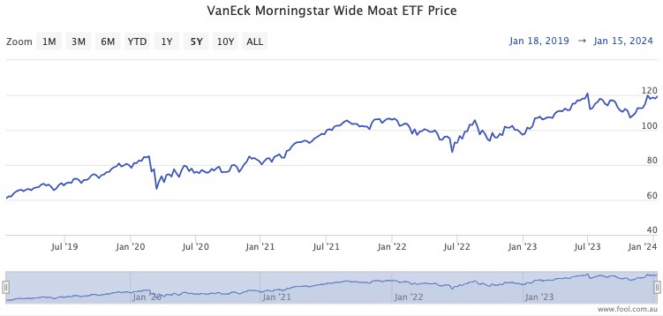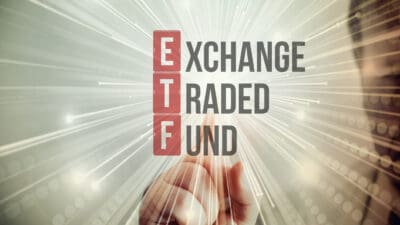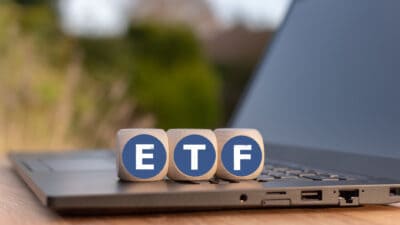There's no doubt an exchange-traded fund (ETF) is a handy way to get started in ASX shares.
Just from buying one stock, new investors can potentially reap diversification that could reduce risk and volatility.
Plus it can save time and effort in researching individual stocks and the underlying company performance.
That's largely taken care of by the index or the formula the ETF follows.
So if you had $500 to start your investment life, which ASX ETF should you buy?
In my opinion, Vaneck Morningstar Wide Moat Etf (ASX: MOAT) is one of the best ETFs for beginners.
What does this ASX ETF do?
The fund invests in US shares that are constituents of the Morningstar Wide Moat Focus NR AUD Index.
Those businesses are ones that Morningstar has identified as holding significant competitive advantages. The equity research firm uses the term "wide economic moat" to describe this attribute.
This means that this ASX ETF's holdings will be shuffled around from time to time as businesses see their moat increase or decrease.
Some examples of the current holdings are:
- Customer relations software giant Salesforce Inc (NYSE: CRM)
- Antiviral pharmaceutical company Gilead Sciences Inc (NASDAQ: GILD)
- Security products maker Allegion PLC (NYSE: ALLE)
- Automatic test equipment manufacturer Teradyne Inc (NASDAQ: TER)
How has the Wide Moat ETF performed in the past?
While past performance is not an indicator of the future, the Wide Moat ETF's track record does show us whether its formula has worked thus far.
Pleasingly, it has returned a compound annual growth rate (CAGR) of around 15% over the past five years. Remember, that's a period that includes such market shocks as the COVID-19 panic crash and the post-pandemic inflation correction.

Wide Moat ETF in some years has also paid out a small dividend. The dividend yield has averaged out to be 2.4%, while last year it was as high as 8.8%.
The Motley Fool's Sebastian Bowen reckons this fund is the closest thing Australian investors have to emulating Warren Buffett's investment style.
"One of the central tenets of [Buffett's] style is finding businesses that display what's known as an economic moat," he said.
"This could be a strong and trusted brand, a low-cost advantage, or offering a product or service that customers have no choice but to pay for."









